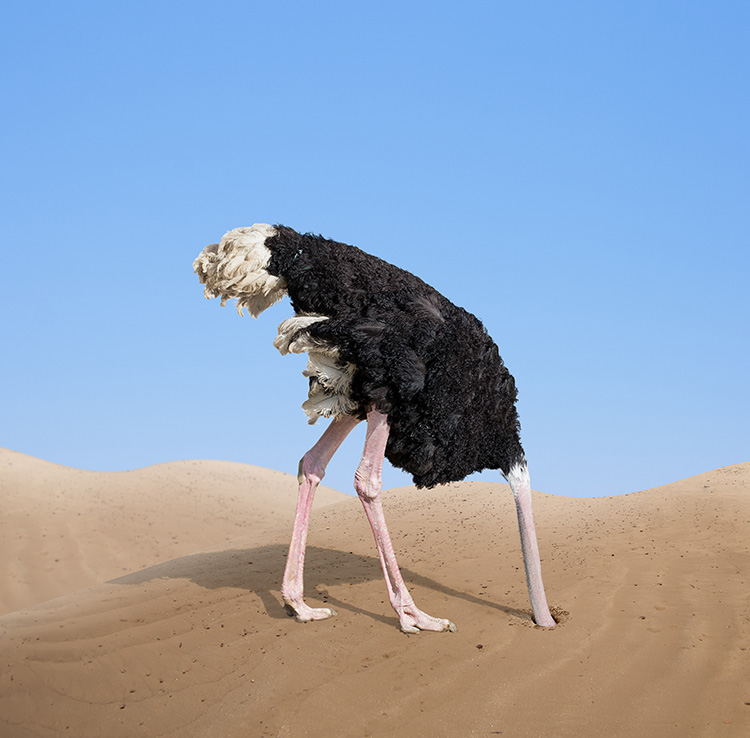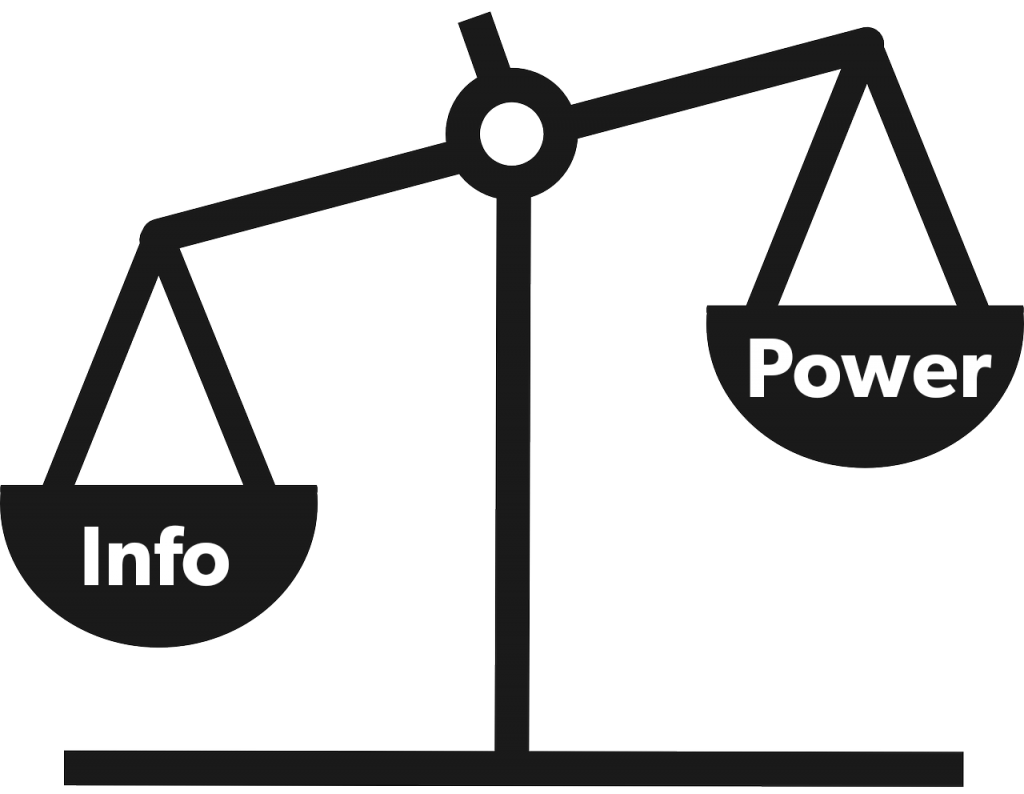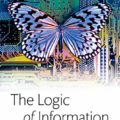
It’s easy to feel hopeless given the state of the world. Not only are there tons of bad things happening out there, but we have to keep hearing about them. For those of us who want to make the world a better place, this is a tragic situation—what Luciano Floridi calls the Tragedy of the Good Will in his 2013 book The Ethics of Information.
The Tragedy of the Good Will arises from an imbalance between information (what we know) and power (what we can do about it). On one hand, our information technologies and global connections increase our possibilities for doing good in the world. For instance, today I can easily check out GiveWell and find that Malaria Consortium is among the world’s most effective charities and donate to their cause. I can look up information about which political candidates to support, how to improve my teaching, and on and on. But on the other hand, these same technologies also inform me of injustices and misfortunes so numerous that there’s no hope for me to do anything about most of them. Cruelly, just knowing about such problems seems to exert pressure on me to do something… but genocide? corruption? state-sponsored disinformation? rampant conspiracy theories? What can I do about any of these things?
Lately the tragedy seems to be worsening. If so, this could be because things are really getting worse. And when we think of the climate crisis, political polarization and similar issues, it can certainly seem that way. But scholars such as Steven Pinker argue that, broadly speaking, we have never been better off.

If that is the case, then an alternative explanation for our deepening tragedy is that our information–power ratio as getting less balanced. And this is not hard to fathom, given that our news cycle is approaching the attention span of a goldfish, and that we live amidst always-on internet with endless streams of social media content that are continually replenished.
How can we cope in the face of such tipping imbalance?
Less Information
One way, which seems to come naturally to us, is to get less information. We can call it the ostrich approach*: “If I don’t see it, it’s not happening.” Perhaps, sometimes, that’s all we can do. It was part of my own approach, admittedly, when I quit Facebook in mid-2020. But avoidance is hardly a long-term solution, and as Floridi points out, it only fuels the echo chamber/filter bubble phenomenon. We may not like to confront bad news, but on some level we ought to.
* But to be fair to the ostriches among us, evidently they don’t really bury their heads in the sand to avoid information.
Better Information
So if less information is not a good solution, then what about better information? This is what Rutger Bregman counsels in his book Humankind: “Steer clear of television news and push notifications and instead read a more nuanced Sunday paper and in-depth feature writing, whether online or off. Disengage from your screen and meet real people in the flesh. Think as carefully about what information you feed your mind as you do about the food you feed your body” (p. 392). This approach is resonant with the Slow Information movement, encapsulated for instance in the research paper “Information Balance” by Liz Poirier and Lyn Robinson (Journal of Documentation, 2014). The Slow principles (underlying Slow food, Slow travel, Slow art, etc.) entail finding joy in the activities themselves, making deliberate choices, and establishing mindful balance. When it comes to information, faster is not necessarily better, nor is free or short.
If we are suggesting that a weekly newspaper can provide better quality than a journalist’s Twitter feed, what exactly do we mean? In his discussion of information quality in connection with the Tragedy of the Good Will, Floridi names several things that high-quality information provides:
- guidance, helping us see what actions are possible and how to do them
- feedback, helping us understand how our actions are affecting the world
- transparency, showing us what other people and organizations are up to as a constraint on their behavior
- forecasting, possibly preventing the worst from occurring
- engineering, helping us build our capabilities
Empowerment
Next, the information–power gap could also be closed by increasing our power—something that seems to me to be sitting between the lines of the “better information” solution. Indeed, consider again the Malaria Consortium example above. It is precisely the “better information” provided by GiveWell, which identifies the charities that save or improve the most lives per dollar, that allows me to use my charity dollars in a more powerful way than I could otherwise. This is an example from philanthropy, but what if similarly empowering organizations could sprout up across all domains of human interest?
We could also become empowered as a human race, not just as individuals. Floridi writes that humanity as a whole could be empowered by new information technologies so that we could do things together that we could never accomplish alone. Here Floridi has in mind sociotechnical institutions that function as “supra-individual, global, artificial agents that are hybrids of other artificial agents… and individual people.” Designing such solutions, while desirable, would entail solving a massive coordination problem. How to do so without massive coordination in the first place is troubling.
Design
And finally, writes Floridi, in response to the Tragedy of the Good Will, we must realize that we are not just “users” of the world, but also continual creators of it. When we act in the world, we are not moving about in a static space, but we are contributing to the future state of the world. We are designing the world as we go, however badly. This solution recognizes the possibility of not just rebalancing the information–power equation, but of changing the future states of the underlying world, which ultimately requires us to develop an ecological (or “e-cological,” as Floridi puts it, nodding to the centrality of information technology in the picture) ethics of design.
 Follow
Follow

